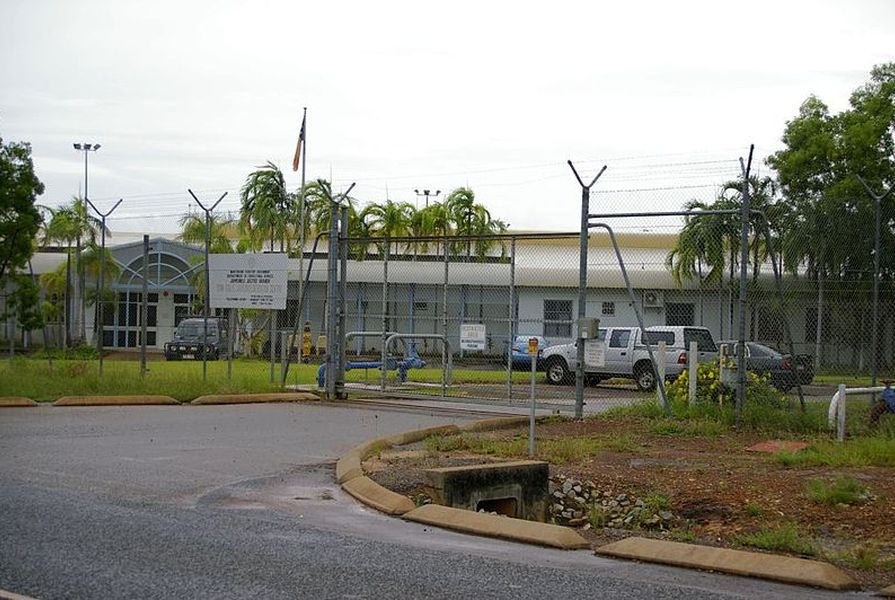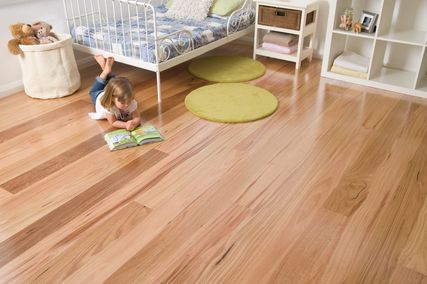Architecture experts have made a damning assessment of the initial design process for the new youth detention centre in Darwin, labelling an outline design brief for the new centre – which would replace the notorious Don Dale Youth Detention Centre – poorly researched and prepared.
The 44-page Outline Design Brief, prepared by Mode for the Northern Territory Government, sets out to “develop a set of design principles and methodologies, forming a framework in which a new, fit-for-purpose, youth detention facility can be created.”
The report provides a summary of relevant legislation and guidelines, and puts forward detailed suggestions for a campus-like facility, including provisions for a swimming pool, sports facilities and a timber dancefloor.
University of Adelaide architectural anthropologist Dr Elizabeth Grant told the Royal Commission into the Protection and Detention of Children in the Northern Territory on 29 June that the document was one of the most poorly prepared and researched design briefs she had ever seen.
“It is meant to be based on human rights legislation and, unfortunately, [Mode] quoted outdated legislation,” Dr Grant told the commission.
“They’ve quoted the Standard Minimum Rules for [the Treatment of] Prisoners 1955, which, as many lawyers in this room would be aware, were replaced by the [Nelson] Mandela Rules of 2015.”
The Nelson Mandela Rules, adopted unanimously by the UN assembly in December 2015, made substantive revisions to the 1955 legislation, including references to respect for prisoners’ inherent dignity, to minimum standards of healthcare, and to the use of instruments of restraint.
Dr Grant is a leading international scholar on the design of custodial environments for Indigenous peoples, whose research has influenced the way prisons and prison housing for Indigenous prisoners are designed in Australia and internationally.
She also criticized the report’s reliance on design guidelines for juvenile justice facilities developed by the Victorian Government in 1996.“You don’t take a prison or a piece of [architecture] designed for Victoria and plonk it in the Northern Territory,” she said.
Dr Grant said that in addition to being based on outdated legislation, the Outline Design Brief’s vision statement was problematic because it did not adequately address the way the design of the facility would work for young people.
The vision statement states that the facility should, “assist young people to reduce the likelihood of re-offending by strengthening their capacity to make positive choices and improve their reintegration with family and community whilst holding them accountable for their offending behaviour and protecting the community, within a secure and supportive environment.”
It also sets out key design issues, stating: “the facility must be secure,” “the facility should have a ‘campus-like’ feel” and it should “provide a safe environment which minimises harm.”
Dr Grant told the commission that she took issue with the stated order of design issues. “When I would be considering a brief, or looking at a brief, I would be looking at the users and what we want for those users in the first instance,” she said.
“I mean, for example … the first vision would not be ‘a facility should be secure.’ It would be something like, ‘The design of this facility should recognize and promote the role of young offenders as future citizens.’”
University of Technology Sydney Designing Out Crime research fellow Dr Rohan Lulham, appearing before the Royal Commission alongside Dr Grant, agreed that the vision statement was problematic. He said that it was not the role of detention centres to hold youths “accountable,” but rather, to hold them in secure care.
Dr Lulham also said that there was no evidence of community consultation in the preparation of the Outline Design Brief, which would be vital for the design of the detention centre to be a success. “In the Northern Territory, [such facilities need] to have a really strong Indigenous [input] – they need to own this facility and see it as something that is not destructive to their people.”
Mode presented the Outline Design Brief to the Department of Infrastructure, Planning and Logistics in December 2016.
Confusingly, a member of the Department of Infrastructure’s media department told ArchitectureAu that “no design brief exists.” The office of the Minister for Infrastructure referred ArchitectureAu to the Department for Territory Families.
Territory Families was created by the newly elected Labor government in 2016 to separate youth justice from adult correctional services in response to the Don Dale Youth Detention Centre scandal and the subsequent royal commission.
A spokesperson for Territory Families also initially stated there was no design brief for the new youth detention centre in Darwin, before clarifying that the document was not prescriptive, and that it was premature to judge the design consultation process on the preliminary outline design brief.
Mode previously designed Hopkins Correctional Centre in Ararat and Cleveland Youth Detention Centre in Townsville. The practice also won the prestigious Tracy Memorial Award for the Bullocky Point Education Precinct at the 2017 Northern Territory Architecture Awards.
A spokesperson for Mode told ArchitectureAU they were unable to comment.
The Royal Commission into the Protection and Detention of Children in the Northern Territory was established by the federal government in 2016, following a Four Corners report titled “Australia’s Shame,” which alleged widespread mistreatment of youth held at Darwin’s Don Dale Youth Detention Centre.
The royal commission is due to hand down its findings on 30 September 2017.
















